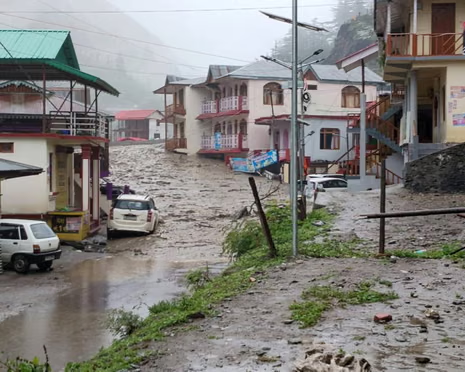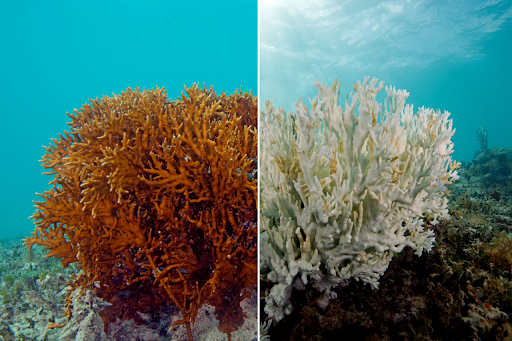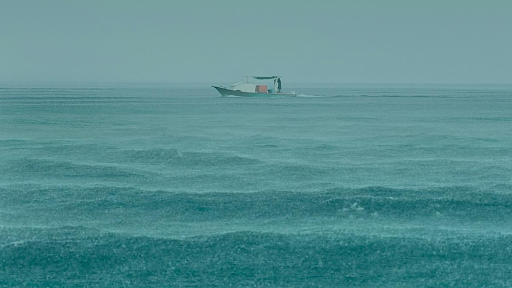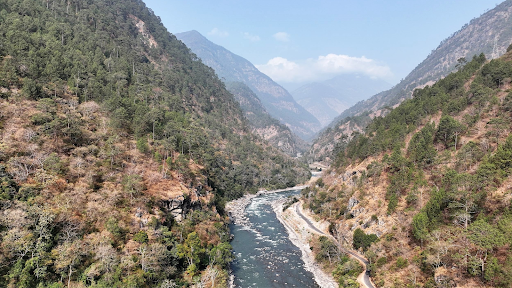



The World Drought Atlas, co-produced by global organizations, highlights that 75% of the population will face drought by 2050. Droughts, exacerbated by climate change and poor resource management, impact water supply, agriculture, health, and ecosystems. The atlas emphasizes early warnings, sustainable practices, and policies for resilience, supported by the UNCCD and IDRA.

Disclaimer: Copyright infringement not intended.
According to the World Drought Atlas launched by the United Nations Convention to Combat Desertification (UNCCD) and the European Commission Joint Research Centre, around 75 percent of the population will be affected by drought by 2050.
The atlas is co-produced with Cima Research Foundation (Italy), Vrije Universiteit Amsterdam (The Netherlands), and the UN University Institute for Environment and Human Security (Germany).
Droughts have increased by 29% since the year 2000 due to climate change and unsustainable management of land and water resources. Drought is not just a climate extreme. Human factors associated with the use and management of land and water can exacerbate and amplify droughts and their impacts.
India has the highest number of people (more than 25 million) employed in the agricultural sector. The atlas predicted a huge loss of soybean yield due to droughts in India.
Between 2020 and 2023, India has been the hub of riots and tensions due to mismanagement of water. There is need for an immediate and urgent call for action at the policy level.
Data sharing will be key in the fight to reduce drought damage. Early warnings for droughts will also play a crucial role in bringing down risks and moving towards resilience.
According to the International Drought Resilience Alliance (IDRA): Appropriate soil and agronomical management practices are powerful tools to reduce the risk of impacts posed by droughts on crops.
Case Study: 'Day Zero' in Chennai in 2019- A mismanagement of water resources and rampant urbanization has resulted in a water crisis in the city, which receives more than 1,400 millimeters of rainfall annually on average.
Definition of Droughts: It is a prolonged dry period in the natural climate cycle that can occur anywhere in the world. It is a slow-onset disaster characterized by the lack of precipitation, resulting in a water shortage.
Water Supply: Periods of drought can lead to inadequate water supply, threatening the health, safety, and welfare of communities.
Agriculture: Drought can reduce the water availability and water quality necessary for productive farms, ranches, and grazing lands, resulting in significant negative direct and indirect economic impacts to the agricultural sector.
Public Health: Drought can lead to decreased water quantity and quality, increased incidence of illness or disease, increased mortality rates, and adverse mental health outcomes as livelihoods are challenged.
Wildfires: During drought conditions, fuels for wildfire, such as grasses and trees, can dry out and become more flammable.
Hazard Planning: Extreme weather events can interact or cascade—where one disaster event triggers or changes the probability of another event. For example, drought conditions can increase the probability of large-scale wildfires, and droughts are often accompanied by extreme heat.
The Integrated Drought-Management Program (IDMP) recognizes the urgent need to provide nations with guidelines for the development of national drought-management policies.
Drought mitigation measures would include establishing comprehensive early-warning and delivery systems; improved seasonal forecasts; increased emphasis on water conservation (demand reduction); increased or augmented water supplies through greater utilization of groundwater resources, water reutilization, and recycling; construction of reservoirs; interconnecting water supplies between neighboring communities; drought-preparedness planning to build greater institutional capacity; and awareness building and education.
(1) risk and early warning, including vulnerability analysis, impact assessment, and communication;
(2) mitigation and preparedness, including the application of effective and affordable practices;
(3) awareness and education, including a well-informed public and a participatory process;
(4) good governance and an effective policy framework, including political commitment and responsibilities.
It was formed in 2022 and works on mobilizing funds, enhancing knowledge of innovative ways to mobilize funds, improving knowledge sharing, and framing sustainable impactful actions. IDRA also extended support in developing the atlas.
It is a Convention to combat desertification and mitigate the effects of drought through national action programs that incorporate long-term strategies supported by international cooperation and partnership arrangements.
It is the only convention stemming from a direct recommendation of the Rio Conference's Agenda 21, which was adopted in Paris, France, on 17 June 1994 and entered into force in December 1996. It is the only internationally legally binding framework set up to address the problem of desertification.
Source:
|
PRACTICE QUESTION Q.Despite India's advancements in irrigation infrastructure, drought continues to be a recurrent challenge for the country. Analyze the causes and impacts of drought in India, and suggest comprehensive measures for mitigating its effects. (250 words) |










© 2025 iasgyan. All right reserved